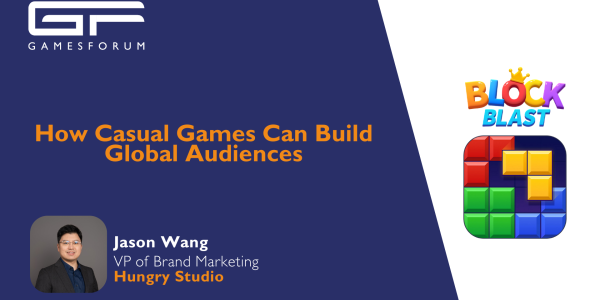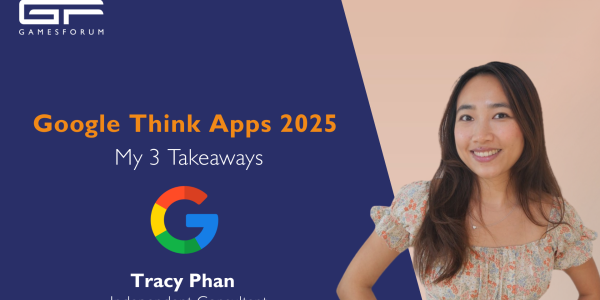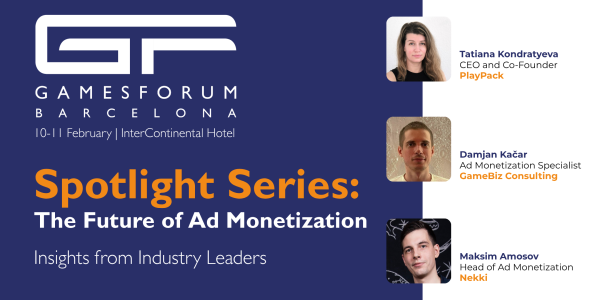Why Gaming’s Product vs Ad Monetization Debate Misses the Plot Entirely

Over the past few years, the mobile gaming industry has evolved at a pace few could have predicted. Competition is fiercer than ever, user acquisition costs continue to soar, and player attention has become one of the most limited resources in the market.
In this environment, the conversation is no longer about which monetization model performs better, it’s about something far more fundamental: how internal teams must be structured to execute those models effectively.
Because today, the most critical bottleneck in ad monetization isn’t technology, formats, or even data. It’s the human factor: Product and Ad Monetization are still working as separate worlds.
A quiet problem maybe, but one with a very loud impact on player experience and, therefore, on total LTV.

A modern industry still operating with old structures
The root of this issue lies in how teams were historically built. During the early years of free-to-play, priorities were simple: design an engaging game, retain players, and eventually motivate a small percentage of them to spend. Ad monetization was a support function, brought in at the end to “activate” commercial opportunities created by gameplay design.
Today, that model is not only outdated, but actively counterproductive. Hybrid monetization, where ads and IAP work together, requires constant coordination across progression, economy, pacing, placements, and segmentation. Yet many studios still operate under the traditional setup:
- Product designs the experience.
- Ad monetization decides where ads go, usually after key product decisions have already been made.
- Data arrives at the end to validate results.
This fragmented workflow only creates conflicting decisions. Not because teams lack skill, but because they are structured for different goals. The complexity of today’s market demands alignment that these departments, historically in most of the companies, were never built to achieve.
The consequences: good Intentions, misaligned impact
When product and ad monetization operate in silos, the results show both in the player experience and in the revenue curve.
Common symptoms appear across studios of all sizes:
- Ad peaks placed without considering gameplay flow, shortening sessions and reducing engagement.
- Economies that don’t support the ad pressure, generating frustration or perceived imbalance.
- LiveOps events launched without accounting for their impact on ad revenue, missing key monetization opportunities.
- A/B tests where each team optimizes for different KPIs, resulting in contradictory conclusions.
- Recurring internal debates about whether “UX” or “revenue” should win in specific decisions.
in the player experience and in the revenue curve.
Common symptoms appear across studios of all sizes:
- Ad peaks placed without considering gameplay flow, shortening sessions and reducing engagement.
- Economies that don’t support the ad pressure, generating frustration or perceived imbalance.
- LiveOps events launched without accounting for their impact on ad revenue, missing key monetization opportunities.
- A/B tests where each team optimizes for different KPIs, resulting in contradictory conclusions.
- Recurring internal debates about whether “UX” or “revenue” should win in specific decisions.
These frictions do not just slow down development, they directly erode user value. And often, teams underestimate that cost because each department measures only its piece of the funnel. But the player doesn’t experience the game in pieces.The player experiences one holistic system.
The turning point: when both teams act as one
Studios that have embraced full integration between product, monetization, ad monetization and data are already seeing the results. When all of them operate as a unified ecosystem, decision-making transforms.
1) KPIs shift from local to global
Teams stop obsessing over only isolated metrics ( like eCPM, ARPPU, D1 retention, etc), and adopt a unified view of user value. The metric that matters is hybrid LTV, which encourages decisions that balance revenue, experience, and long-term health.
2) Ad monetization becomes part of the design language, not an add-on
Ads and offers are no longer stitched in the game.They become natural parts of the experience:
- Contextual
- Player-driven
- Integrated with progression
- Supported by the game’s economy
- When monetization is invisible, it functions better
3) Data acts as a bridge, not an auditor
Data doesn’t arrive at the end of the process, it informs the process from the beginning. This creates shared understanding, clarity in prioritization, and a unified interpretation of player behavior.The result is coherence, and coherence is the foundation of great monetization.
How to structure this collaboration: A practical model
While every studio is different, the most effective teams tend to share four practices:
1. A shared KPI matrix
Success is not owned by departments. It is defined by a single shared objective: Hybrid LTV per segment.Everything else ladders up to that.
2. Weekly decision-making rituals
Short, focused, data-driven sessions that align:
★ Funnel reviews
★ Cohort analysis
★ Economy adjustments
★ Placement performance
★ Experiment prioritization
Decisions are made fast and executed collectively.
3. Clear experimentation playbooks
Live documents that outline:
★ Frequency caps
★ Player segments
★ Eligible placements
★ Timing rules
★ Success criteria
Anyone can propose an experiment using the same structure.
4. Shared ownership of outcomes
Because there is no such thing as “product wins” or “ad monetization wins”. There is only the game that wins.
Last thought
In a market where everything changes and shifts quickly, the real competitive advantage no longer lies in having the most advanced ad stack or the most sophisticated economy.It lies in the studio’s ability to integrate disciplines that historically operated in isolation.
Hybrid monetization demands hybrid thinking, and hybrid thinking is only possible when teams stop working as separate islands and start operating as a single ecosystem. Because at the end of the day Ad monetization is not a department. It is a player experience too.
And a seamless experience can only be built from a unified vision: not product’s vision, not monetization’s vision, but the player’s vision.












